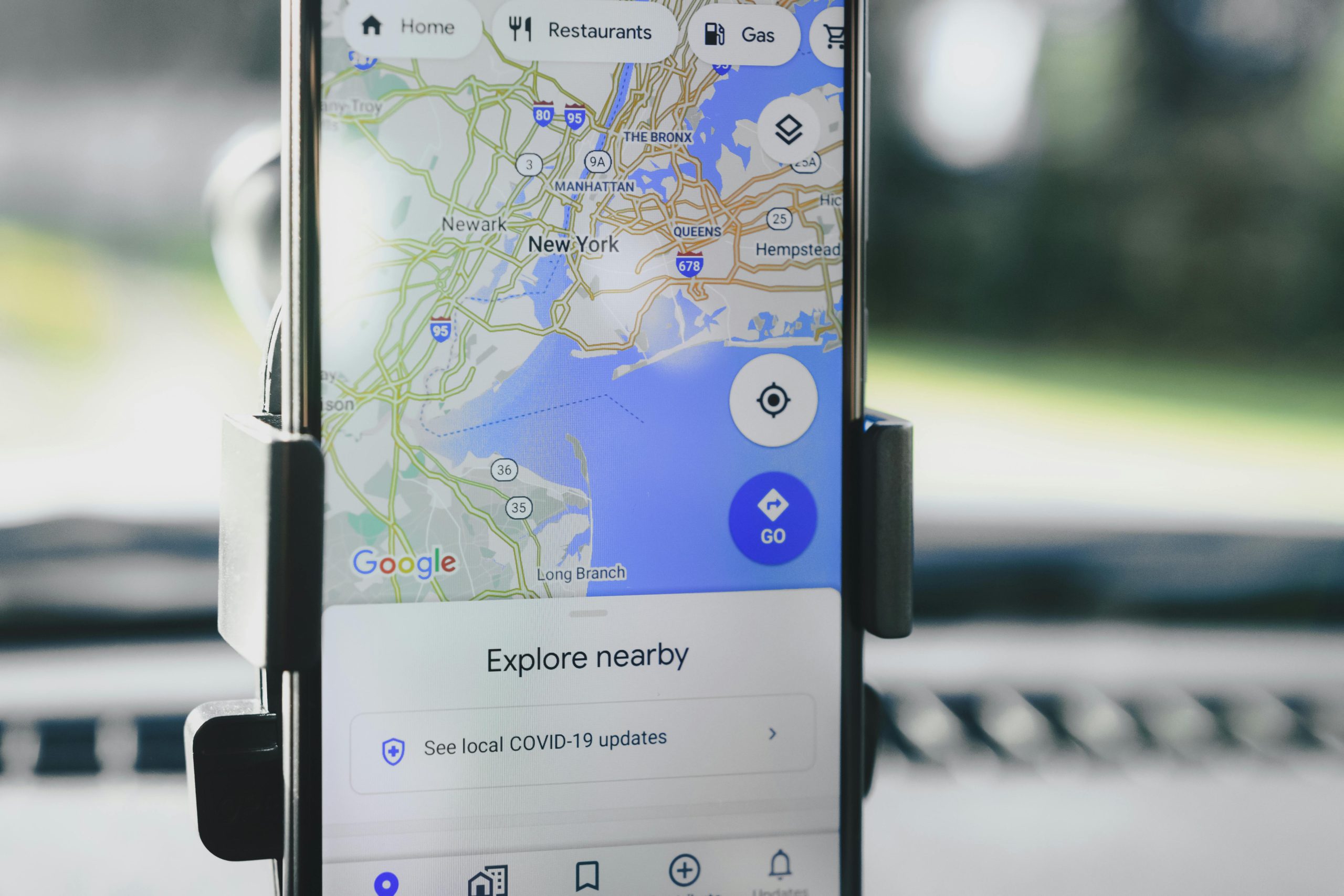How Google Crafted Interactive Elements for the 2024 US Election Graphics
In this blog post, we’ll dive into the techniques Google employed to create the interactive elements featured in their 2024 US election graphics. From innovative data visualization to seamless user interactions, explore the cutting-edge strategies that brought these graphics to life. Read on to discover how these techniques come together to deliver an engaging viewer experience.


2 responses to “How did Google create the interactive elements for their 2024 US election graphics?”
Creating interactive elements for graphics, especially for something as intricate as the 2024 US election, involves a variety of technologies and techniques. While I don’t have access to insider specifics on Google’s proprietary development processes, I can certainly outline common techniques and technologies that are typically used to build interactive elements in election-related graphics, which Google likely employed given their technological capabilities and focus on user experience.
Techniques and Technologies for Interactive Election Graphics:
Data Parsing and Transformation: To make data reliable and usable, Google would implement parsing algorithms that clean and transform raw data into structured formats suitable for visualization.
Front-End Development:
SVG and Canvas:
User Interaction and Accessibility:
Accessibility Features: Ensuring compatibility with screen readers, using keyboard navigation, and providing alternative text for images allows more users to interact with election graphics.
Server-Side and Cloud Processing:
This post offers a fascinating glimpse into the innovative methods Google utilized for their 2024 US election graphics! It’s impressive to see how they’ve effectively merged data visualization with user interaction to enhance the viewer experience. One element that stands out in this context is the importance of accessibility in interactive design. As these graphics reach a diverse audience, incorporating features such as screen reader compatibility, keyboard navigation, and color contrast adjustments can ensure that everyone can engage with the content fully. Furthermore, I’d love to hear more about how Google collects and processes the data for these visuals in real-time, as this certainly plays a crucial role in creating a dynamic user experience. Looking forward to seeing more about these efforts!